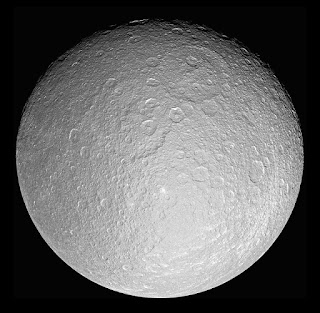TRITON MOON THE UNIVERSE
TRITON THE MOON OF NEPTUNE
TRITON MOON HISTORY
Beyond the warmth of the sun past, the four Rocky planets further than the gas giants at the very distance age of our solar system like two worlds that we are only just beginning to explore and understand. They are the ice giants Uranus and Neptune. These planets are dozens of times the mass of the Earth. And they are found so distant that we have only managed to visit them once, in 1977 the Voyager 2 spacecraft took to the skies embarking on a 12 year mission to reach. What was once considered unreachable, but we learn more about these massive icy worlds, we learn more about the satellites that orbit them to the iciest the most far out moons in the solar system.
In the Neptunian system one moon stands out from the rest Triton. Triton is a special moon with properties we never imagined objects so far from the sun possessing but it was not until we reached the moon in 1989 that we finally begin to understand its true origins. Triton capture the world plucked from its original position by Neptune and today we will rely on cat story and how triton came to be the stand out moon of the ice giants.
Triton was discovered just 17 days after the discovery of Neptune itself on the 10th of October 1846 by astronomer William LaSalle, on his arm on self constructed telescope. After eat the result, it was original name the satellite of Neptune which had remained forever a hundred years. It was not until 1949 the second moon was discovered around the mysterious planet and so the first had to be renamed. Whereas planet or typically named after Roman deities their their lunar counterparts are often name after their Greek equivalents Neptune. The Roman interpretation of the Greek God Poseidon, as so, Neptune satellite was named after the son of Poseidon, giving it name we now by today triton.
Triton our first glance it would seem as if triton is a child of ice giant, NEPTUNE at 2700 kilometres in diameter is the largest of neptune's 14 known moons and it mass accounts for over 99% of the mass of all the satellites that orbit the planet this size make it the seventh largest moon in the solar system and 20% larger than the Dwarf planet. Pluto is made of mostly ice and metal with a rocky metallic core, encapsulated by layers of water ice as some have speculated that subsurface oceans may exist beneath it's frozen surface. The moon is estimated to be composed of between 1/6 and 1/3 water ice, but on the surface and other frozen material exist nitrogen. This far away from the warmth and light of the sun even nitrogen gas turns into a solid as such triton is covered in a sheet of frostily frozen.
The nitrogen layer reflects over 70% of the previous little light that reach the moon but even so the faint light office and still makes its mark on the surface. The nitrogen covering a very fragile equilibrium Frozen by triton's surface temperature minus 235 degree Celsius. However only difference of a few degrees and this equilibrium is broken and it gives the planet a feature we never thought we would find on the surface of a body This far away from the sun.
Triton is covered in geysers erupting material over 8 kilometres into air which is carried and deposited hundred of kilometre. This process is driven by the faint sunlight when it reads the surface of the thin sheets of nitrogen ice it heats the top layer and increase in the temperature of less than 5 degree Celsius is enough to stir the material, blood turning The Frozen nitrogen back n2 gas which bursts through The Frozen surface with water ice and dark material. These mean that tighten surface is constantly e changing being reshaped but it also gives the moon atmosphere.
Titan atmosphere consists mostly nitrogen form the geysers and geological activity e with trace of methane also. It is a very thin atmosphere but it is still enough from clouds to exist within wind currents to transport these dark materials.
Triton is locked into a synchronous rotation with Neptune. It orbits as fast as it rotates, meaning one side permanently face the planet while the other side face into space. However, unlike most moons it is the only large moon in the solar system which or bits into the opposite direction to its parent planet.



Comments
Post a Comment